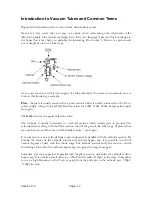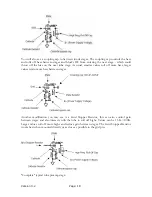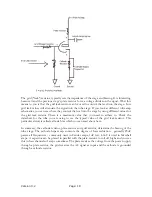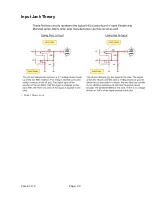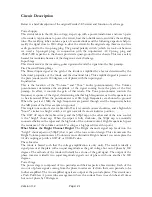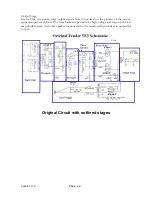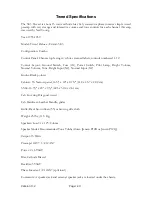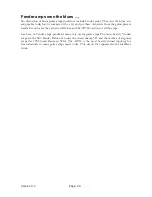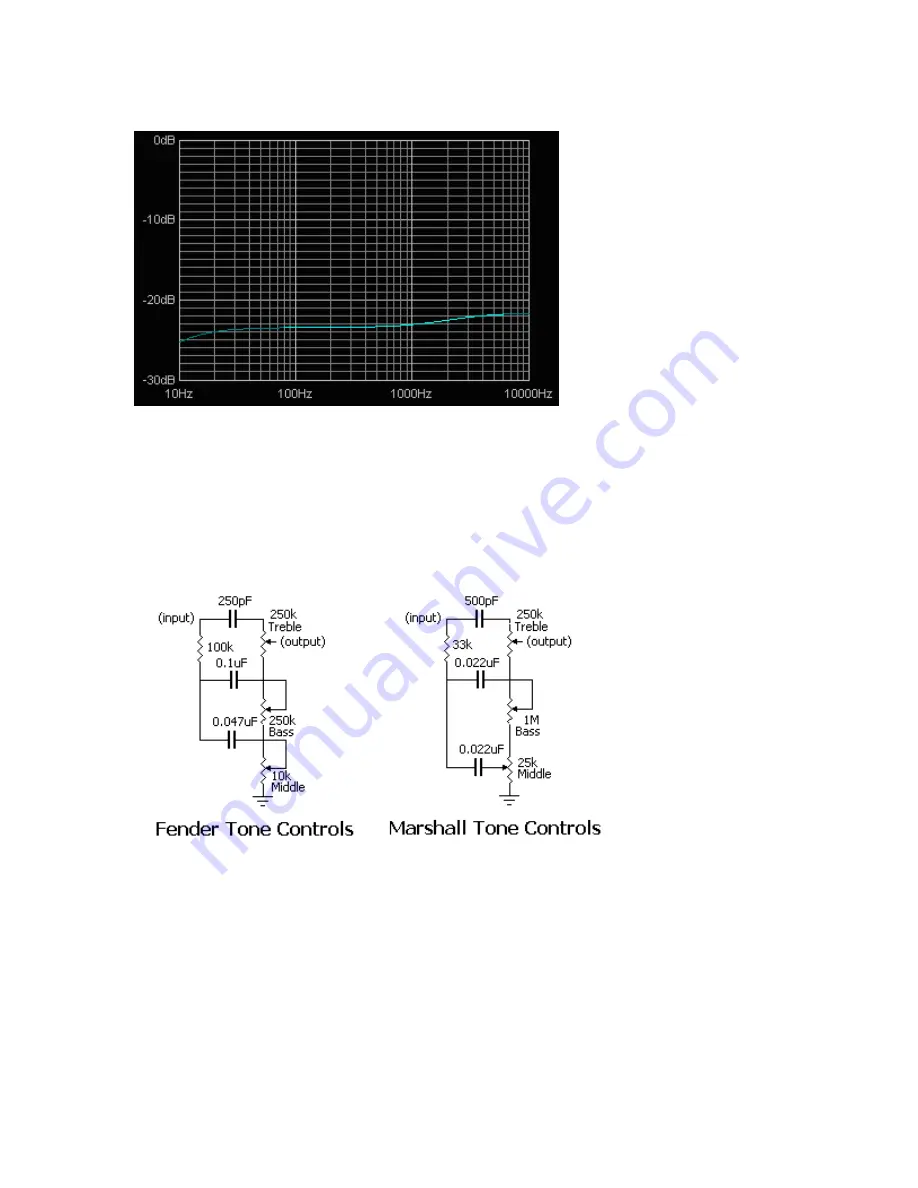
Version 3.2
Page: 9
Full middle boost with no bass or treble actually gives a near-flat frequency response,
allowing you to hear the natural sound of your pickups.
Fender and Marshall tone controls
Here are circuit diagrams of typical Fender and Marshall tone controls. They both meet the
criteria of compensating for pickups' low-middle emphasis, as well as providing a useful
range of tone adjustment.
The Fender and Marshall circuits are each tailored to suit their own styles, which are quite
different. Although a generalization, Fender's market and consequently the power output
stage are geared towards provided clean and chunky tones at clean and early-overdrive
levels. Marshall amps are best at low-middley and crunchy rock tones, played at medium to
high overdrive levels.
Here is a simple comparison of Marshall and Fender response with what might loosely be
called 'typical settings' of Bass on 3, Middle on 4, and Treble on 6. The most obvious
difference is that the Marshall lets more level through, and their tone controls have less
range of adjustment. The higher level means that by using the same number of preamp tube
stages, a Marshall can overdrive the output stage more.
Summary of Contents for Trinity Tweed Amp
Page 2: ...Version 3 2 Page 2 ...
Page 16: ......
Page 20: ...Version 3 2 Page 20 Input Jack Theory from 18watt com ...
Page 25: ...Version 3 2 Page 25 ...
Page 49: ...Version 3 2 Page 49 ...
Page 65: ...Version 3 2 Page 65 HEYBOER OT for TWEED 6L6GT CONVERSION ...
Page 66: ...Version 3 2 Page 66 ...
Page 75: ...Version 3 2 Page 75 ...
Page 76: ...Version 3 2 Page 76 ...
Page 77: ...Version 3 2 Page 77 Trinity Amps Schematics and Layouts ...

















